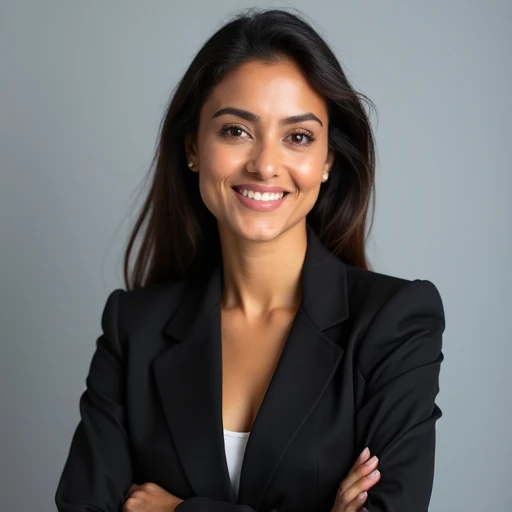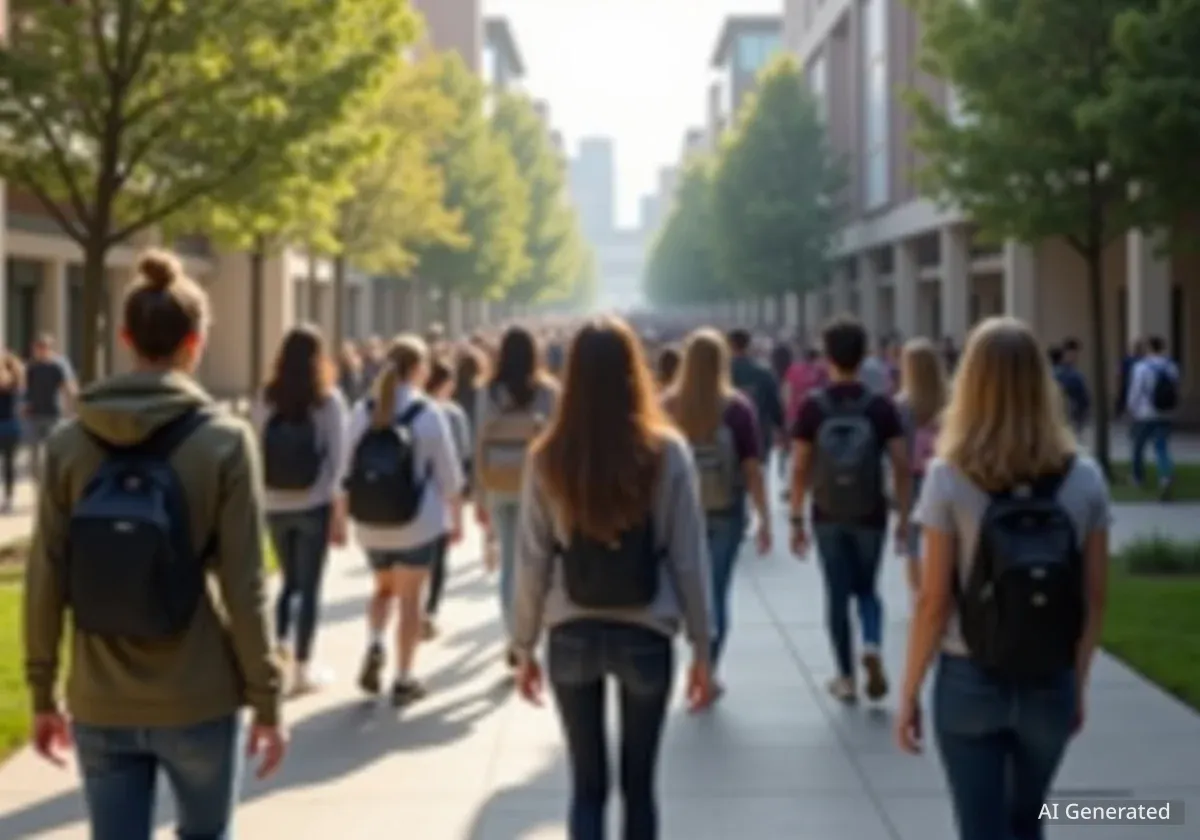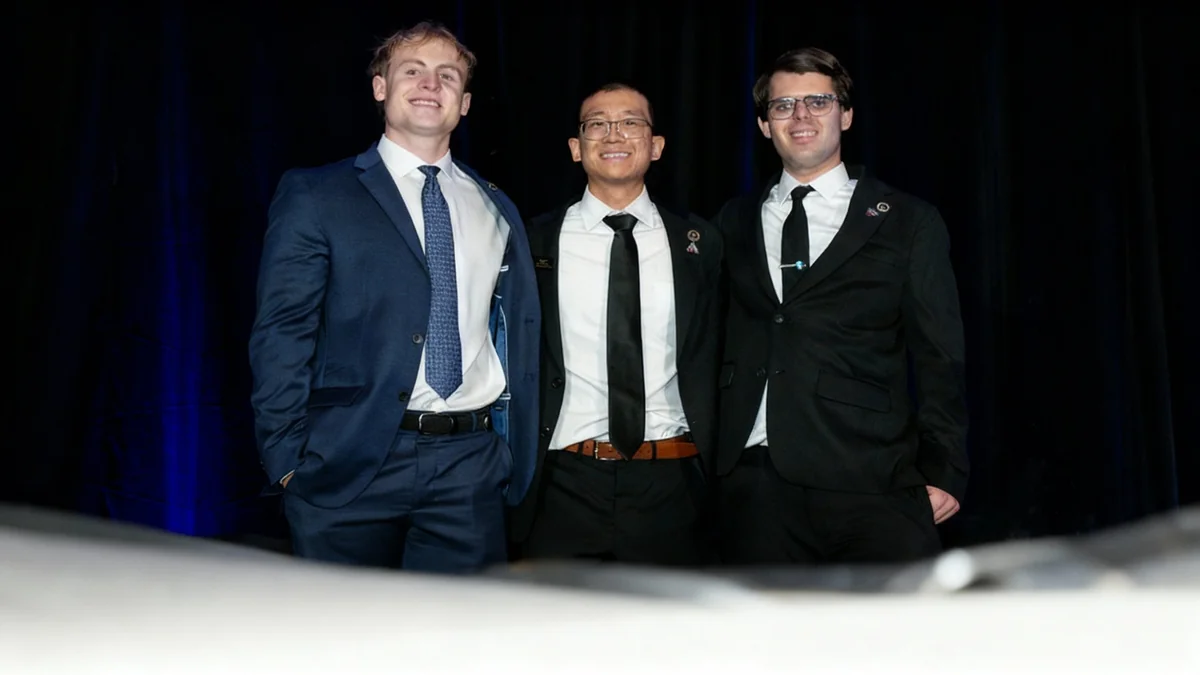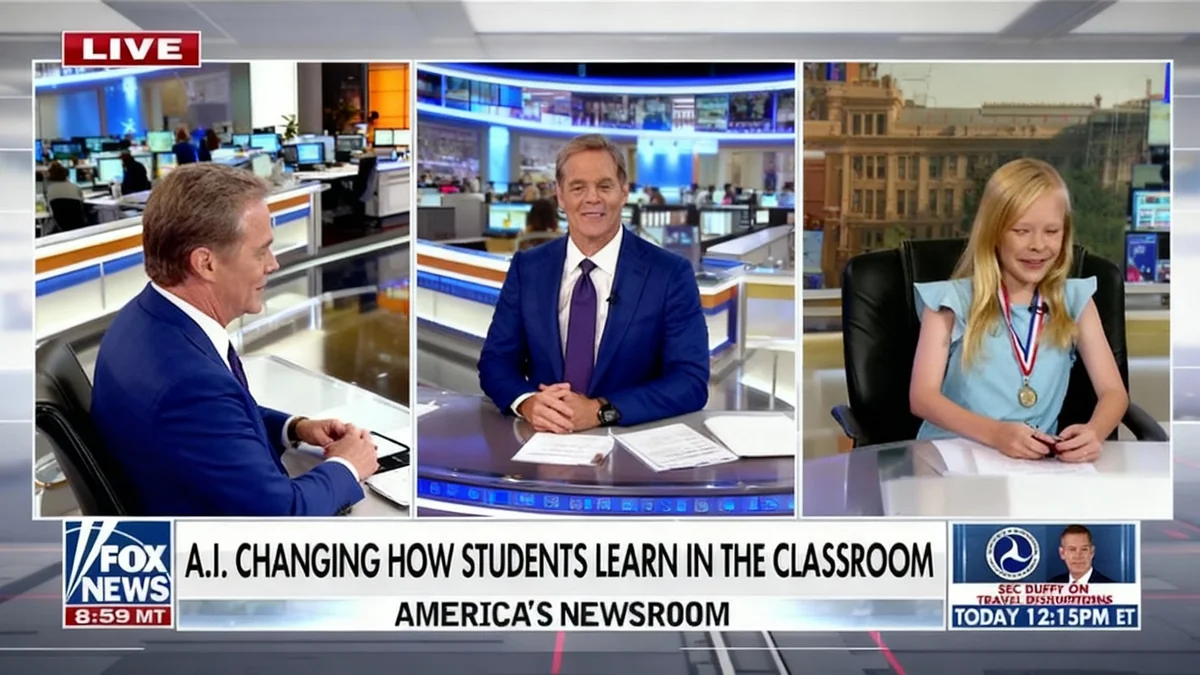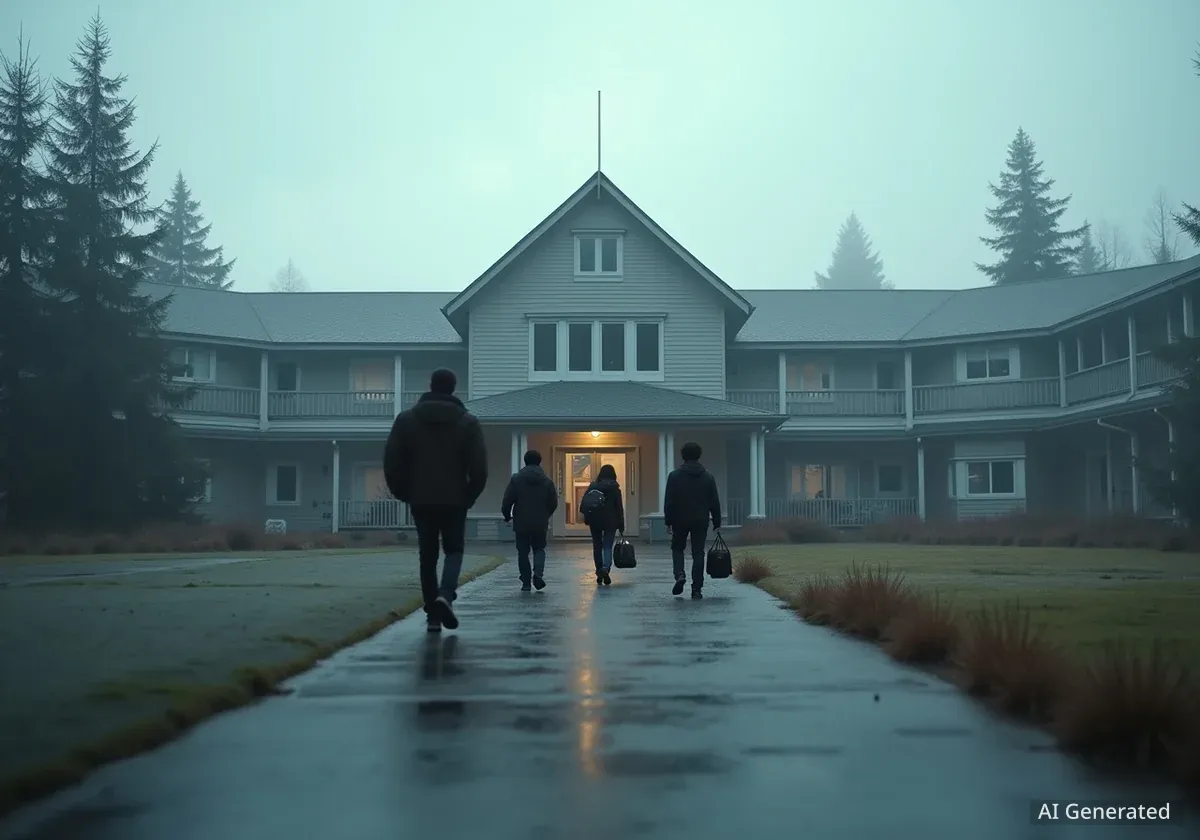Embry-Riddle Aeronautical University is welcoming a new class of students to its residential campuses in Daytona Beach, Florida, and Prescott, Arizona. This incoming class reflects a significant shift in the aerospace and aviation industries, with women now comprising more than a quarter of the new student body. These students are poised to continue the university's long tradition of innovation as it approaches its centennial.
The aspirations of these new students range from advancing human colonization of Mars to piloting commercial airliners and developing new physics-based engineering solutions. Their stories highlight a persistent passion for overcoming challenges in air and space, building on a legacy that began when the university was known as the Embry-Riddle International School of Aviation.
Key Takeaways
- Embry-Riddle's incoming class has more than 25% female students, a significant demographic shift from its early days.
- First-year students are already engaged in advanced research, including rocket nozzle materials and experiments designed for space.
- Student ambitions include careers in space exploration, commercial aviation, and engineering physics.
- The university's hands-on learning approach and specialized community continue to attract top talent in aviation and aerospace.
A University's Evolution Over 75 Years
In 1950, a letter from the Embry-Riddle International School of Aviation promised prospective students "unlimited opportunities" in the "fastest developing of all industries." The application was a single page, a stark contrast to today's rigorous admissions process. According to university records, the letter from Dean of Enrollment L.D. Carlton was sent to prospective students like Curtis Parson of Evansville, Indiana, encouraging them to join the field.
Over the past 75 years, Embry-Riddle Aeronautical University has transformed. Admission has become highly competitive, and the curriculum has expanded to meet the complex demands of modern aerospace, engineering, and aviation. The student body has also changed dramatically, reflecting a more inclusive industry.
Then and Now
In 1950, recruitment letters targeted "scores of men." Today, more than 25% of the incoming class at Embry-Riddle's residential campuses are women, signaling a major change in industry demographics.
Engineering for the Final Frontier
The pioneering spirit that defined early aviation is alive in the university's newest students. Many, like first-year Mechanical Engineering student Eleanor Hoffman, have lifelong connections to the aerospace world. Growing up, she frequently visited the Museum of Flight in Seattle with her father, a Boeing employee.
Hoffman's interest was captured by exhibits on early rocketry pioneer Robert Hutchings Goddard and the Apollo missions. "I liked looking at all the challenges that people had faced in doing something that they previously thought was impossible," Hoffman said.
From Museum Visits to University Labs
Her journey to Embry-Riddle was solidified during high school when she participated in the museum's Washington Aerospace Scholars program. This experience brought her to the Prescott Campus for a summer session. "I always knew I wanted to go to Embry-Riddle," she explained, citing the desire for "real-world experience."
Now enrolled in the robotics track, Hoffman is already conducting research on rocket nozzle materials and learning computer-aided design (CAD). Her instructors are providing a challenging, hands-on curriculum from day one.
"They are not holding back at all. I've definitely found a place where I can become the best version of myself."
Hoffman's ultimate goal is to contribute to humanity's expansion into space, first to the moon and then to Mars. "I would love to work at a company that is furthering human transportation and human presence in space," she stated. "That would be my dream career."
Forging Careers in the Sky
While some students look toward other planets, others are focused on mastering the skies of our own. Cassidy Blackwood, a first-year Aeronautical Science student, discovered her passion for flying while working at San Carlos Airport, just south of San Francisco. As a high school junior, she cleaned and assisted with the maintenance of aircraft.
That hands-on experience led her to pursue her private pilot certificate through an intensive nine-week summer course. However, she was unsure how to turn her new skill into a profession. "I got to talk to the instructors and learn where they started," Blackwood recalled. "There were a number of Embry-Riddle alumni there, which is how I learned about Embry-Riddle."
The Pilot Pipeline
Specialized universities like Embry-Riddle are critical to the aviation industry, providing a structured pathway for students to become professional pilots, air traffic controllers, and aviation managers. The university's strong alumni network often serves as an initial point of contact for prospective students.
Choosing a Path to the Cockpit
A visit to the Prescott Campus confirmed her decision. "It was an environment where everyone around me was interested in aviation and aerospace," she said. "And there were the resources for me to succeed. That’s what really stood out for me."
Blackwood has a clear career goal: to fly for a commercial airline, with Southwest Airlines being her top choice. She is also passionate about the future of aviation, including advancements in traffic management and air safety. As a member of the Women in Aviation chapter on campus, she is already working to inspire the next generation of female pilots.
Bridging Physics and Aviation
For some students, the challenge lies in combining multiple passions. Anna Kopec, who recently earned her private pilot certificate, found herself drawn to aviation, astronomy, and physics during her time at an all-girls high school near Chicago. Her interests led her to Embry-Riddle's Engineering Physics program at the Daytona Beach Campus.
Kopec's talents were on display at the 2023 Higher Orbits Go For Launch! event, a national competition where students design experiments for the International Space Station (ISS). Her team developed a project to test carbon dioxide removal using different types of algae. "The girls I was working with know a lot more about biology, and I provided the math and physics side," she said. Their project was selected as a finalist.
This experience helped her choose her major. "I feel like it’s the perfect mix of the two, and I’m really enjoying my EP 101 class," Kopec noted. Like her peers, finding a community of like-minded individuals was a key factor in her decision. "Going to a university where everybody has the same interests as me was really important."
Continuing a Legacy of Innovation
As Embry-Riddle approaches its centennial, its core mission remains unchanged: to educate and prepare the future leaders of the aerospace and aviation industries. The stories of Hoffman, Blackwood, and Kopec demonstrate that the drive to innovate, explore, and solve complex problems is as strong as ever. From research labs to flight simulators, a new generation is being equipped to build upon a century of progress.
